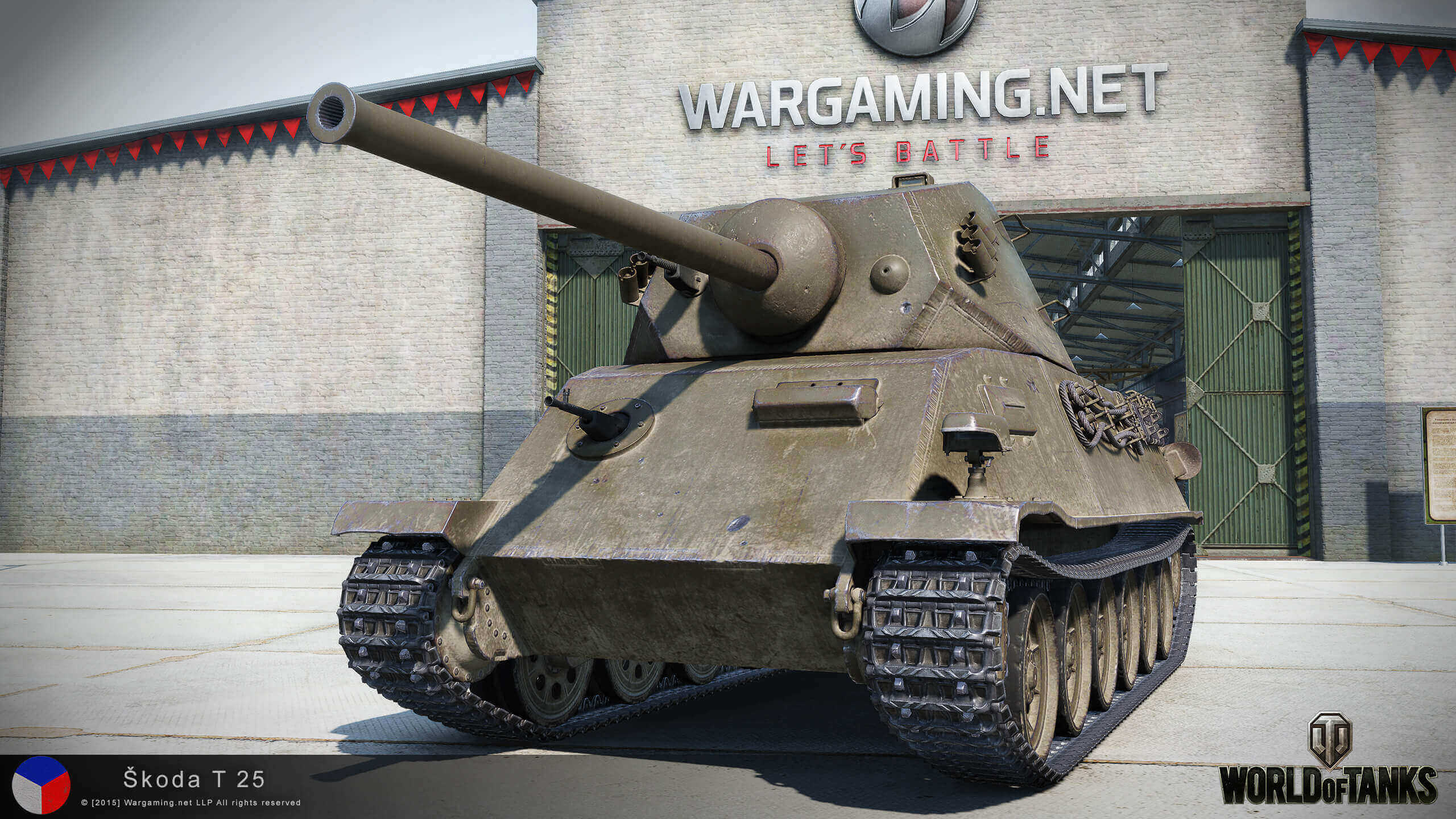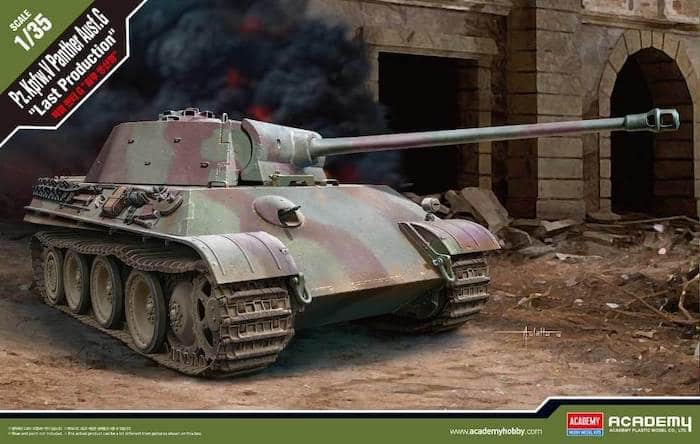
On 23 March 1945, ZF Friedrichshafen reported that the assembly of the first two trial vehicles would be completed within 8 days.

It was planned to demonstrate the first trial vehicles with the 7,5cm PaK 42 L/70 starr on 20 April 1945 for Hitler. This model was to start production with the 7,5cm PaK 42 L/70.

On 14 March 1945, the Generelinspekteur der Panzertruppen announced that the first Jagdpanzer 38 D were to be completed with diesel engines in June 1945, as planned. VOMAG was to complete five vehicles in July, then increase their output to 300 per month by December 1945. Mass production was to start then and increase from five per month to 800 per month by December 1945. 38 chassis was necessary to install the Tatra diesel engine, and to create a design that was worth mass producing.Ĭontracts for two trial vehicles were awarded to Alkett, with five completed models in March 1945. On 23 January 1945 at a meeting of the Entwicklungskommission Panzer, Michaels explained that the redesign of the J.Pz. At this time design of the chassis was almost complete, and the design of the superstructure and interior was to start shortly. recorded that the new vehicle was to be named Jagdpanzer 38 "d". On 20 November 1944, the General der Artillerie under Gen.St.d.H. Reich contract was given to Alkett with Chef-Ing. The 38 was to be completely redesigned for Germany. The 38 was unsuitable to produce within the German industry, as it required different machines and tools to produce various parts. On 19 October 1944, Wa Prüf 6 announced that due to insufficient part deliveries, BMM and Škoda had fallen behind in production goals which made supplying chassis for other uses problematic. On 4 October 1944, the Panzerkommission decided to limit future production to only three types of Panzer chassis, based on the 38, Panther, and Tiger.

Oberkommando des Heeres announced on the 26th of September 1944 that a new model of the Jagdpanzer 38 with a Tatra diesel engine was to produced by Alkett at a maximum rate of 1,000 each month.

The Jagdpanzer 38 D is a German design for a tank destroyer.


 0 kommentar(er)
0 kommentar(er)
